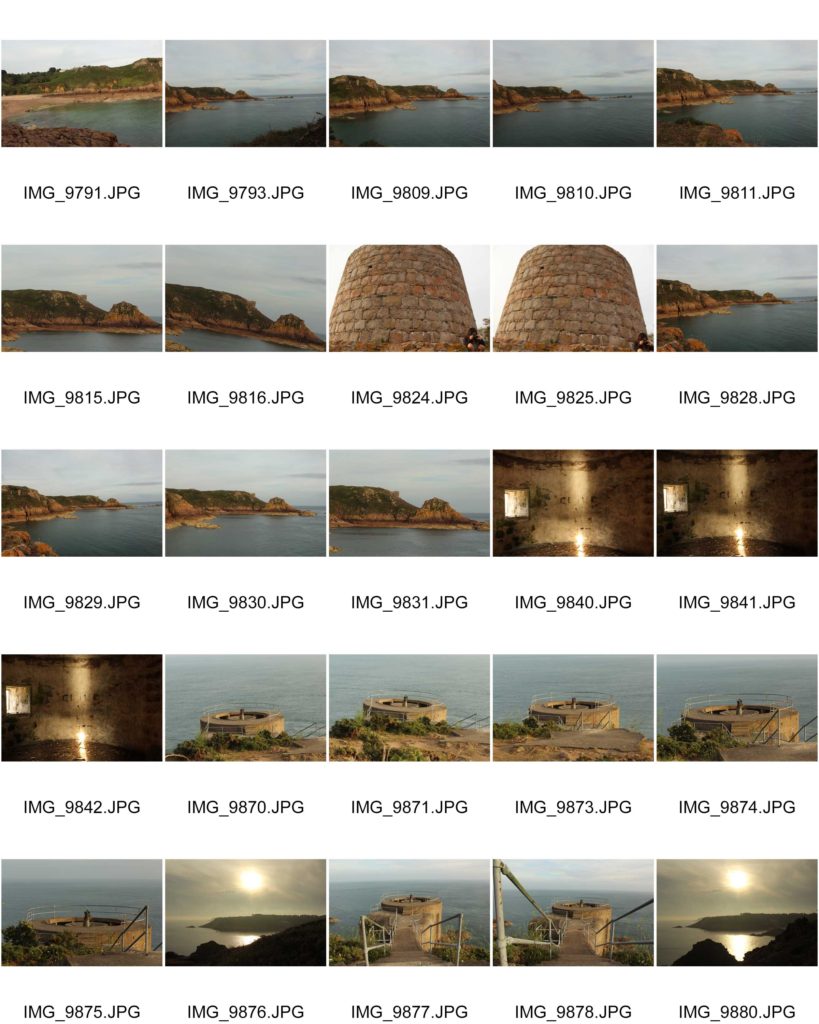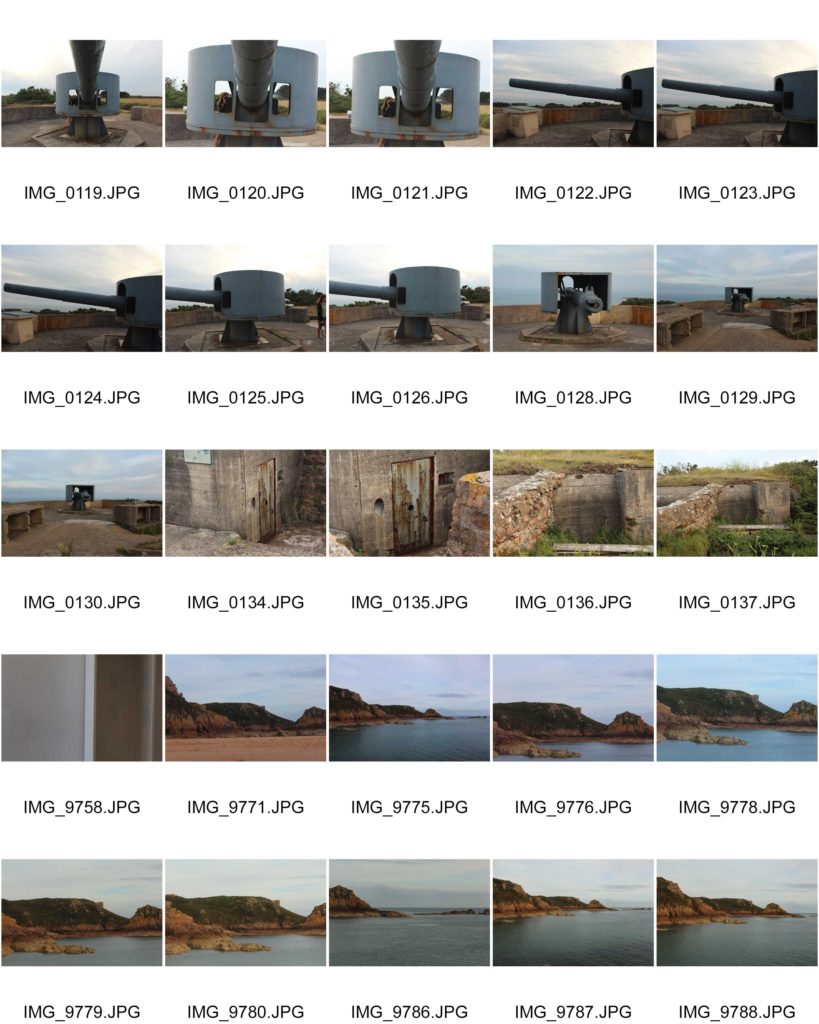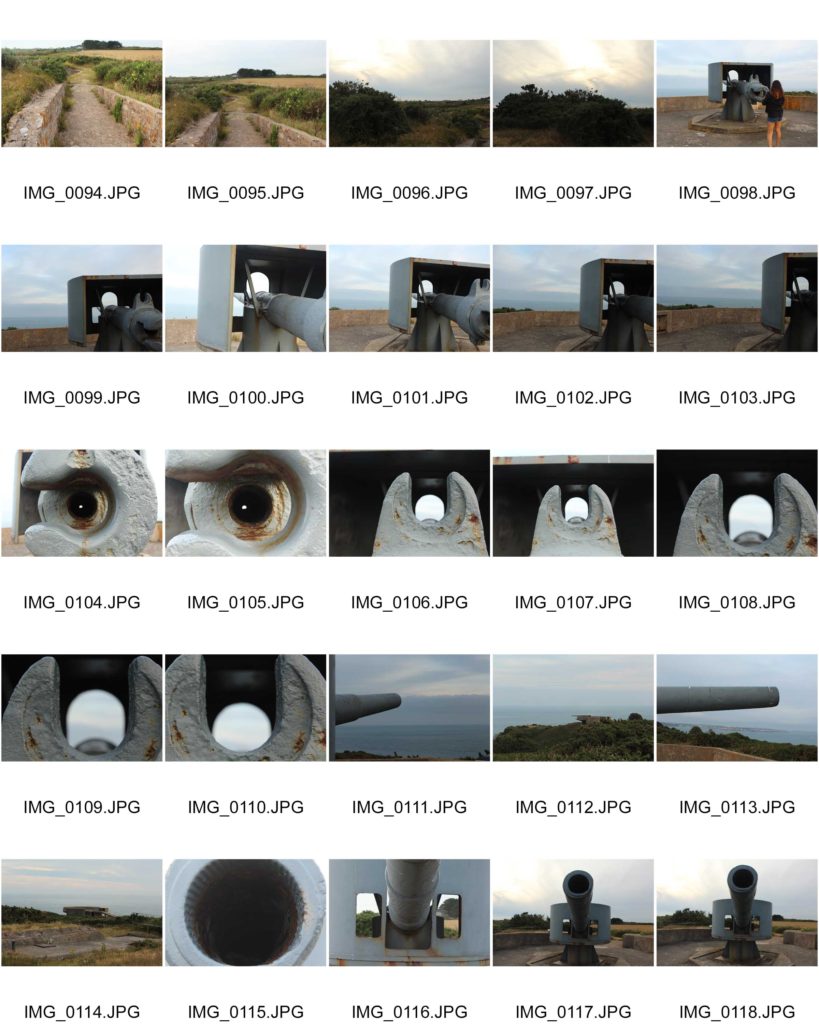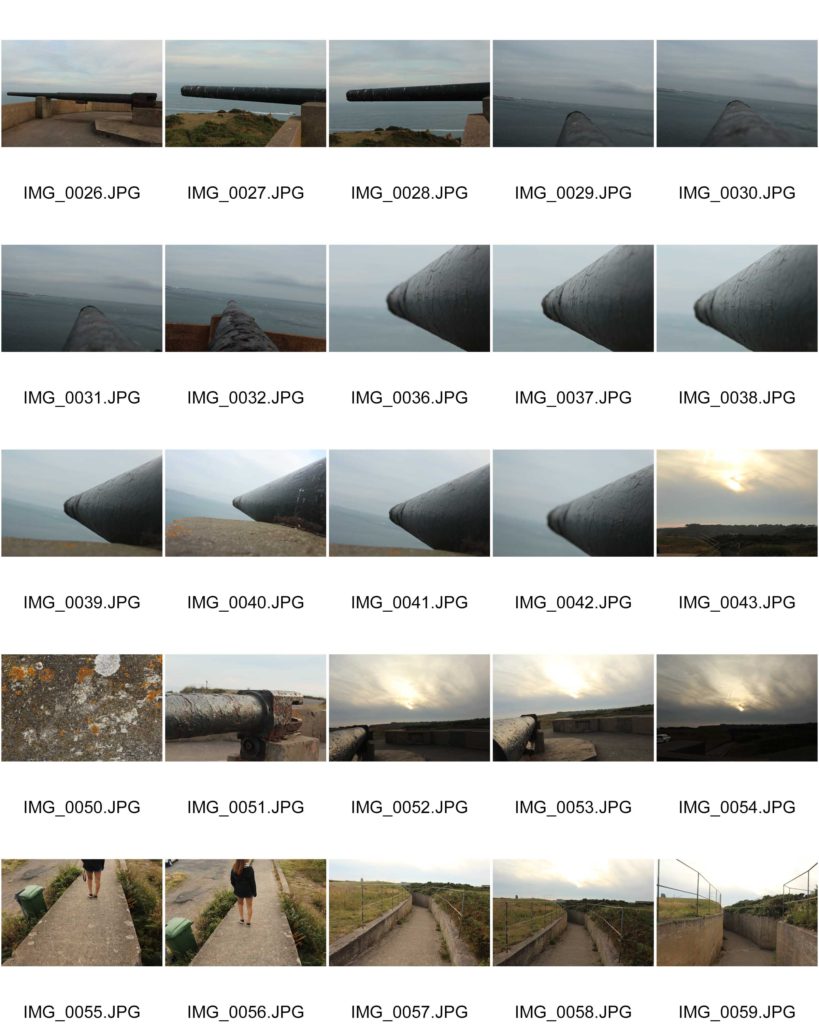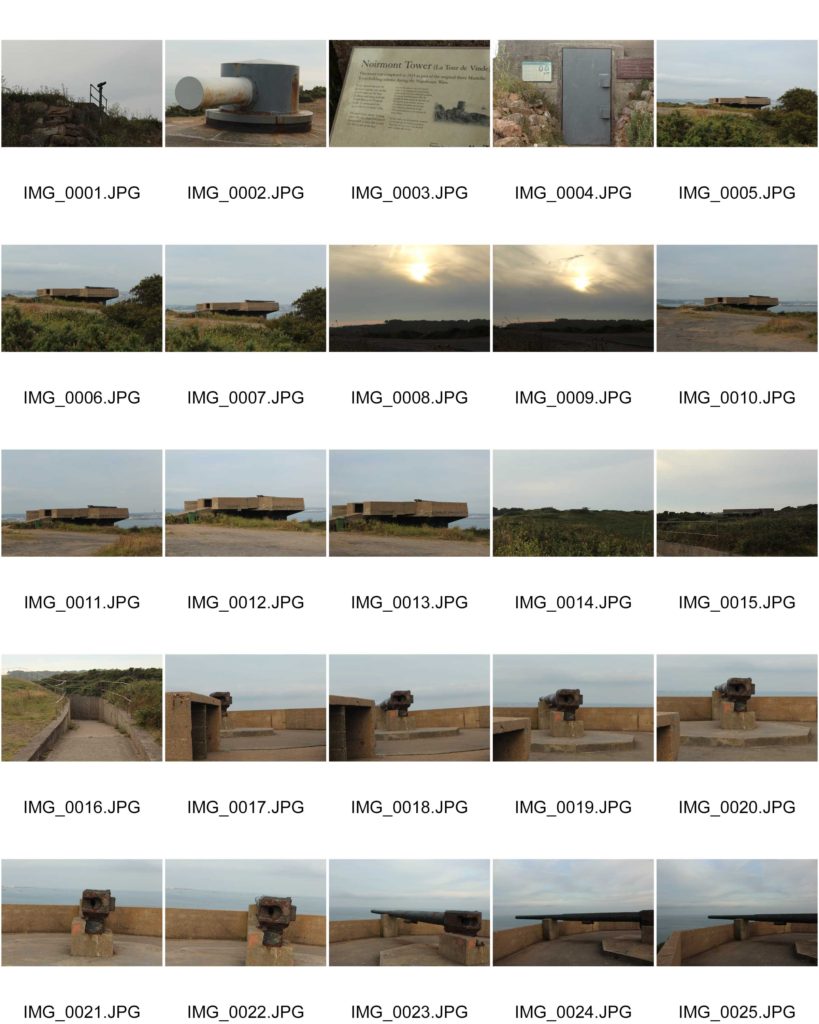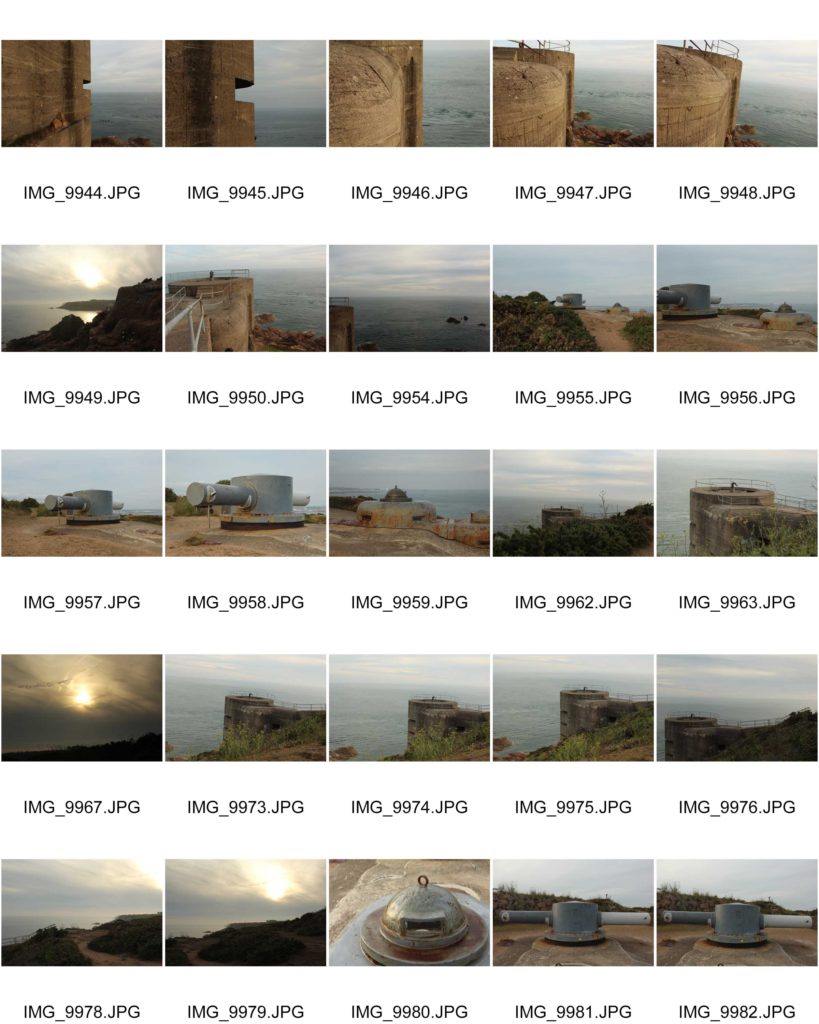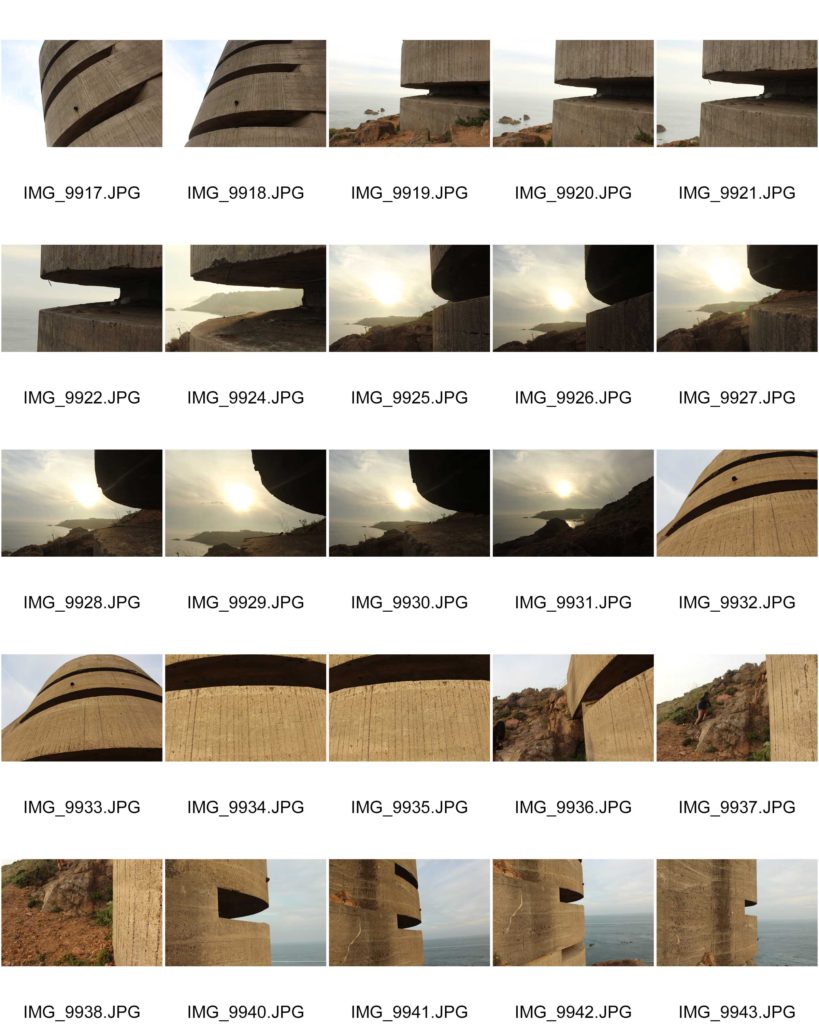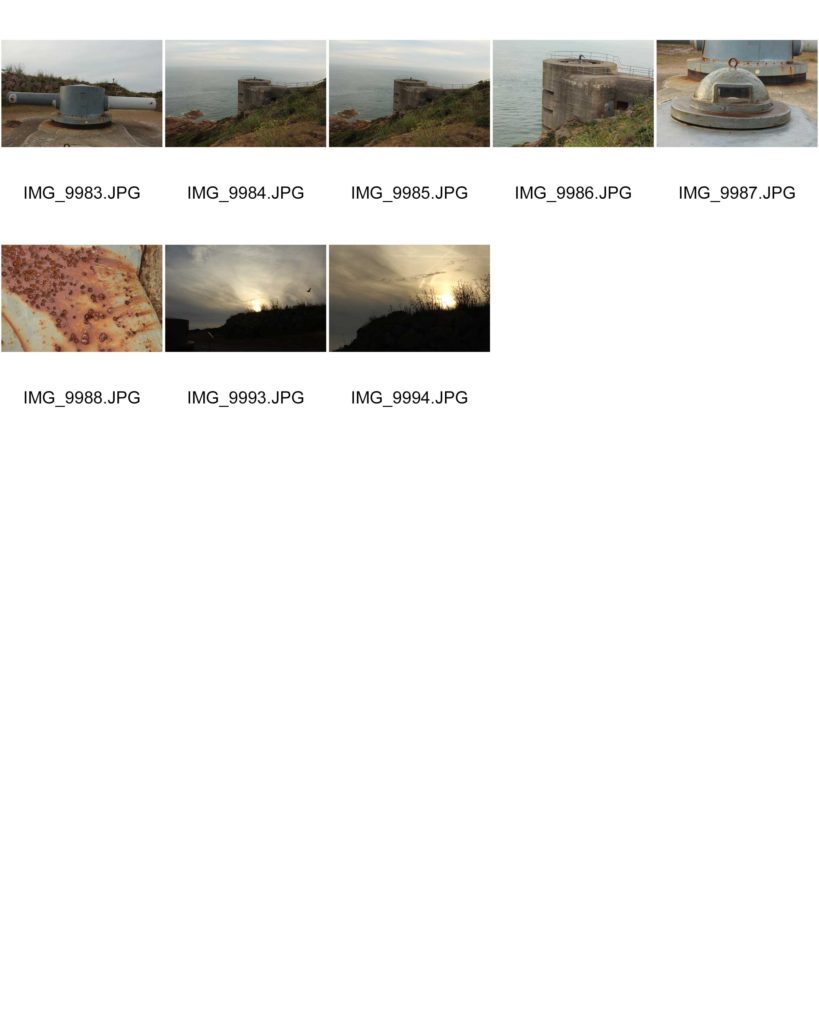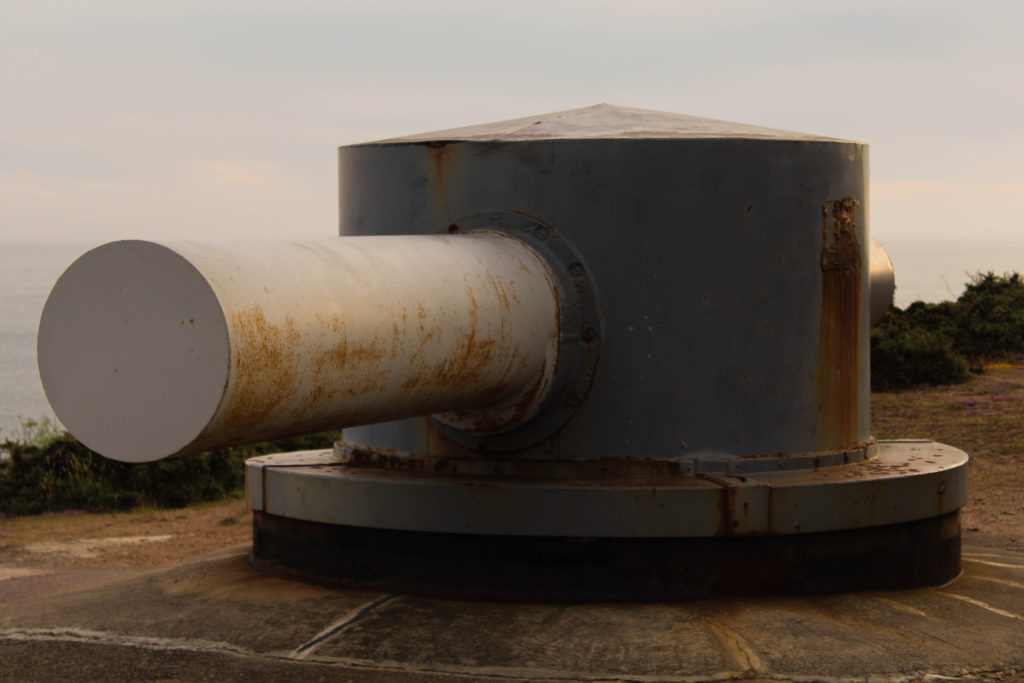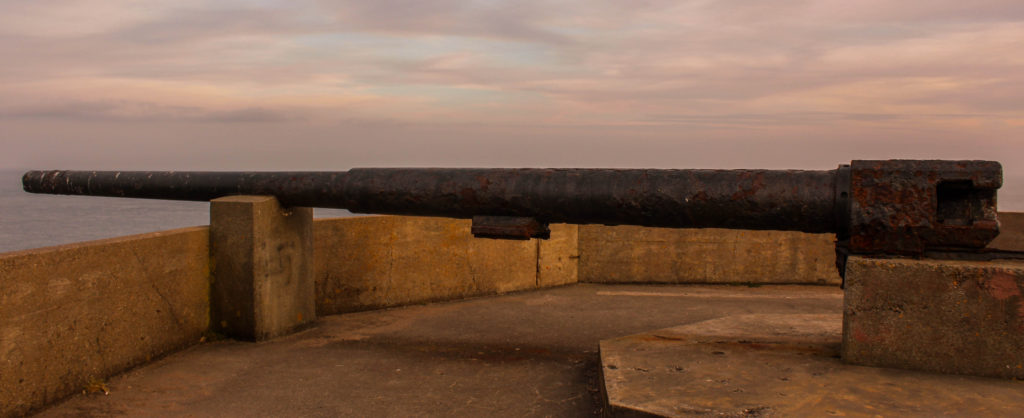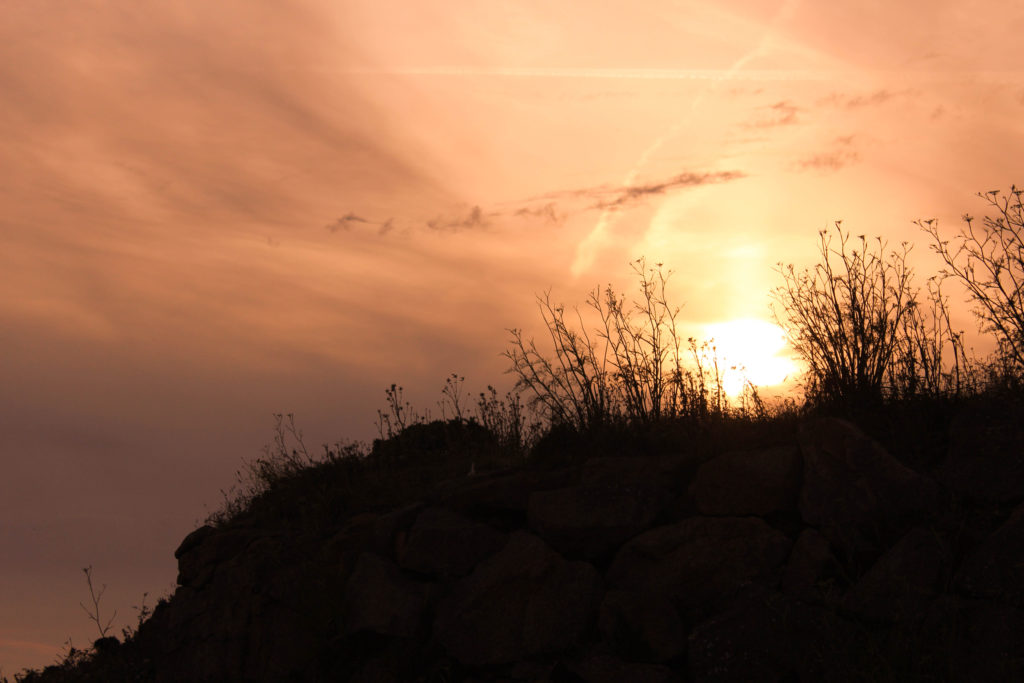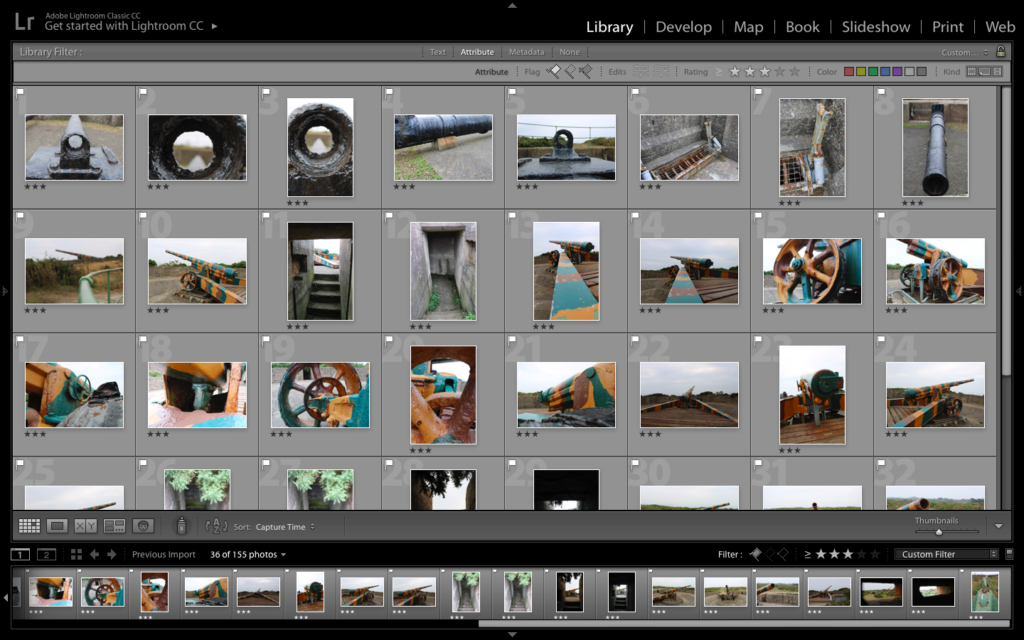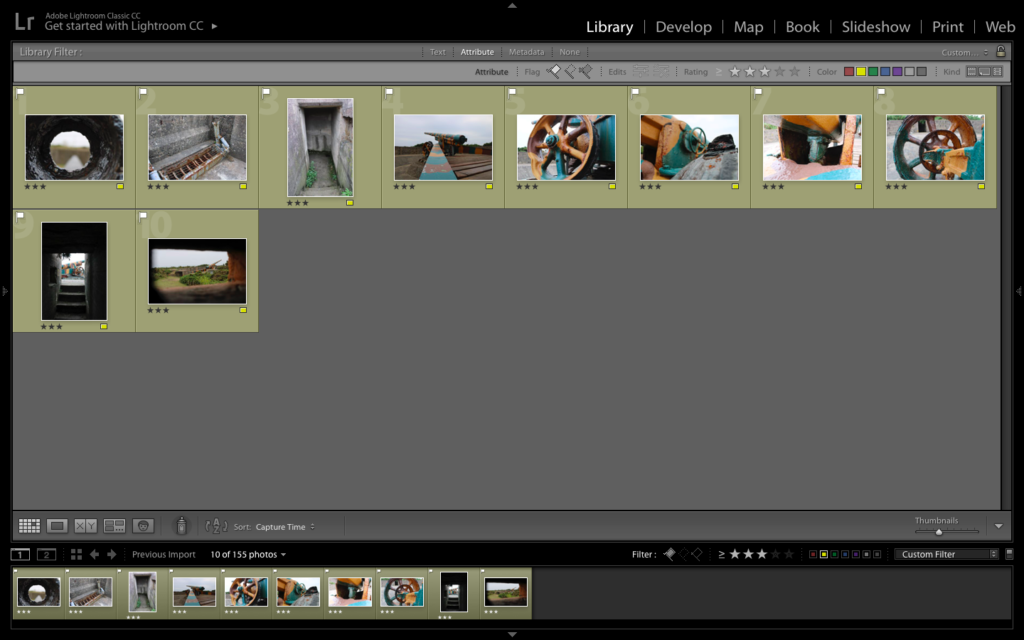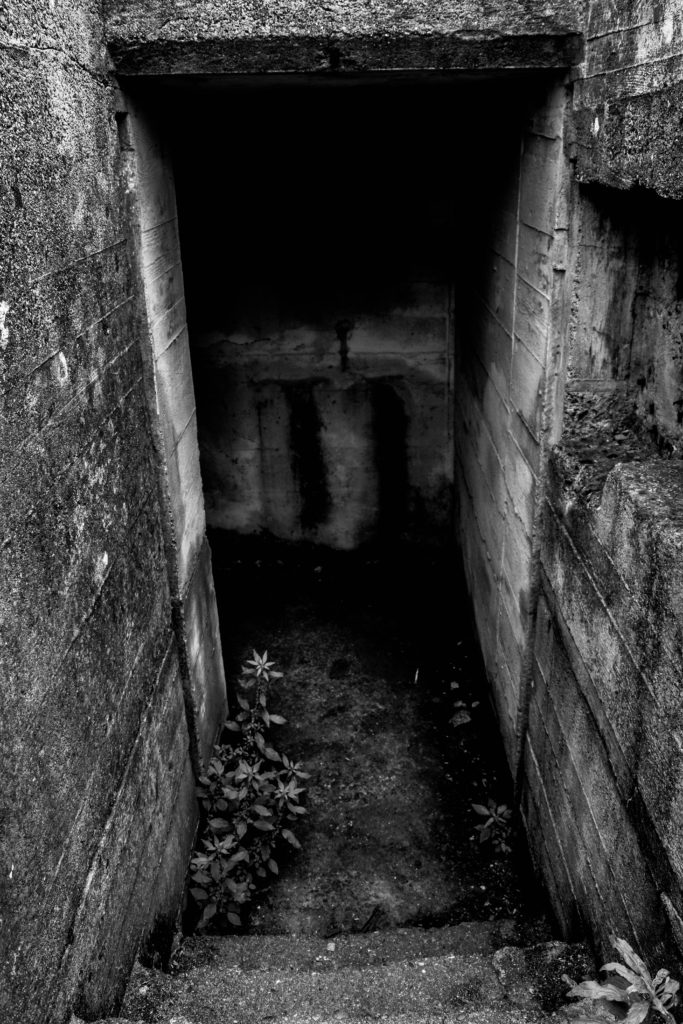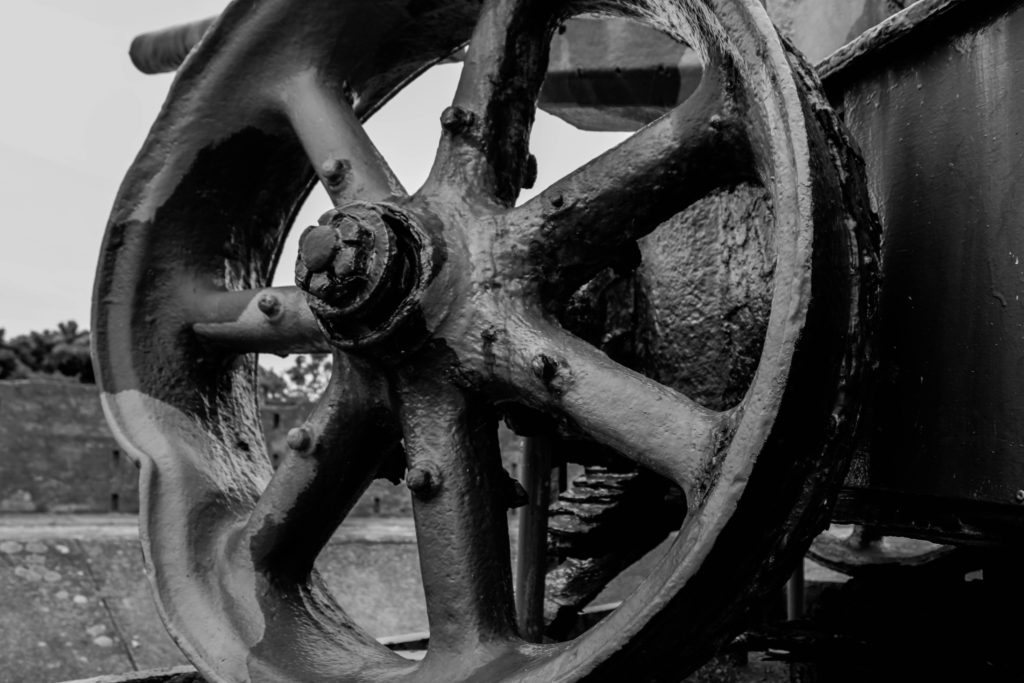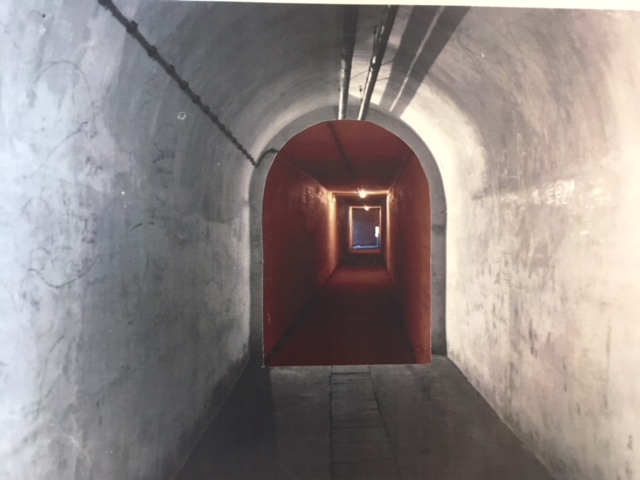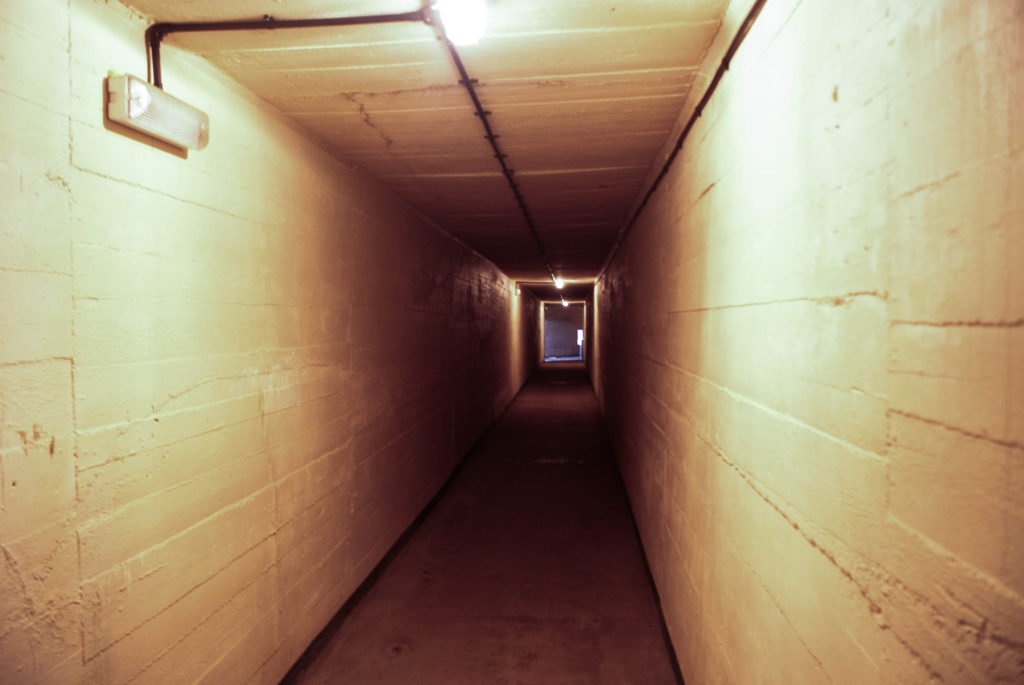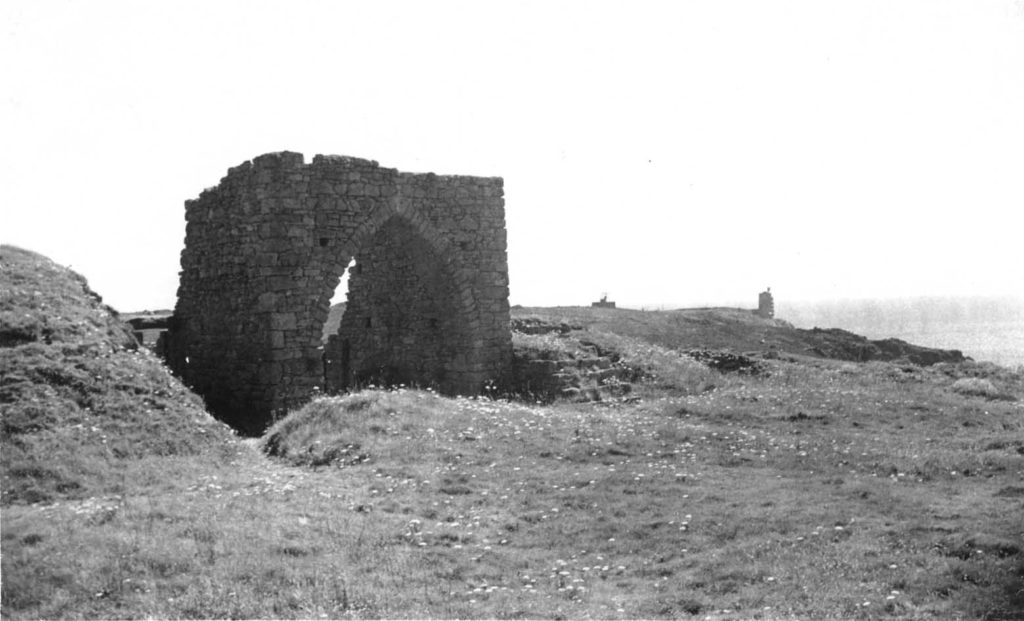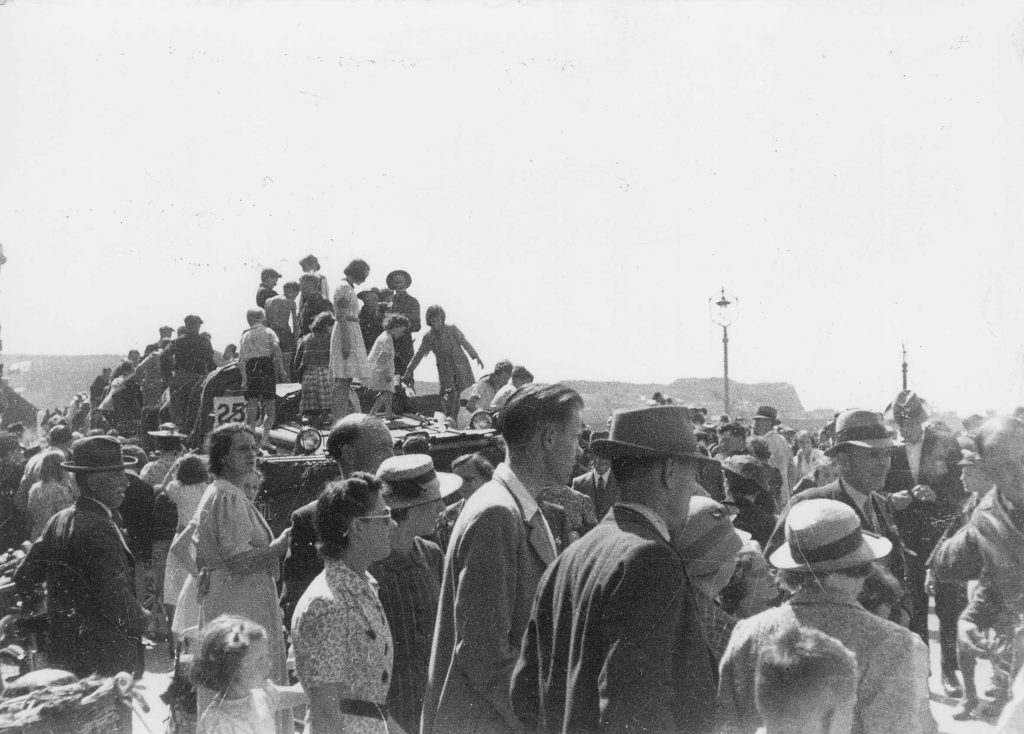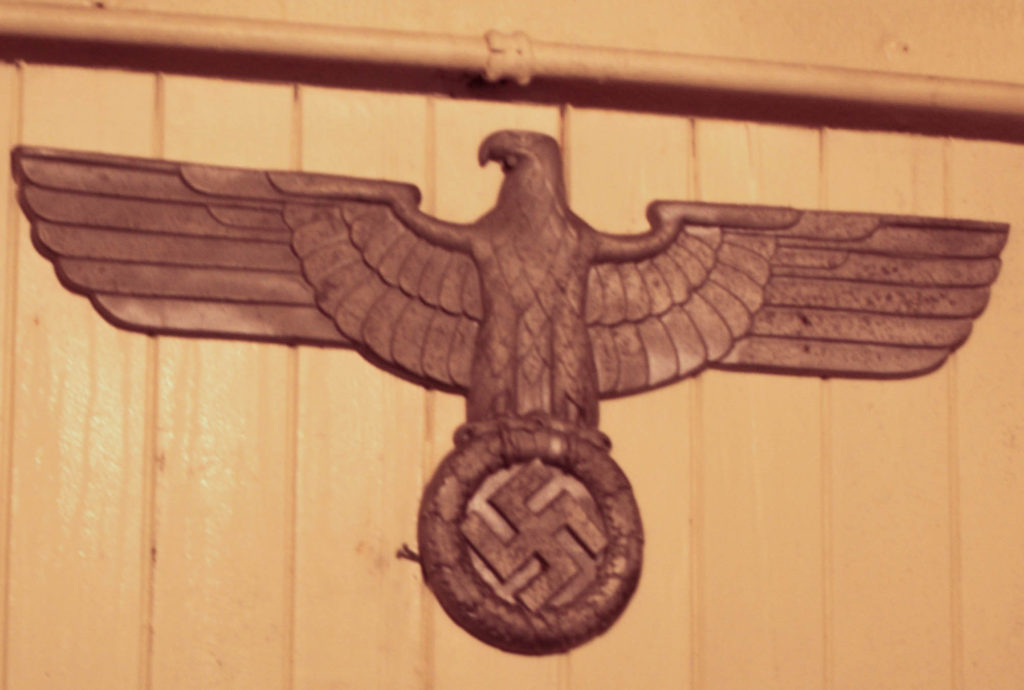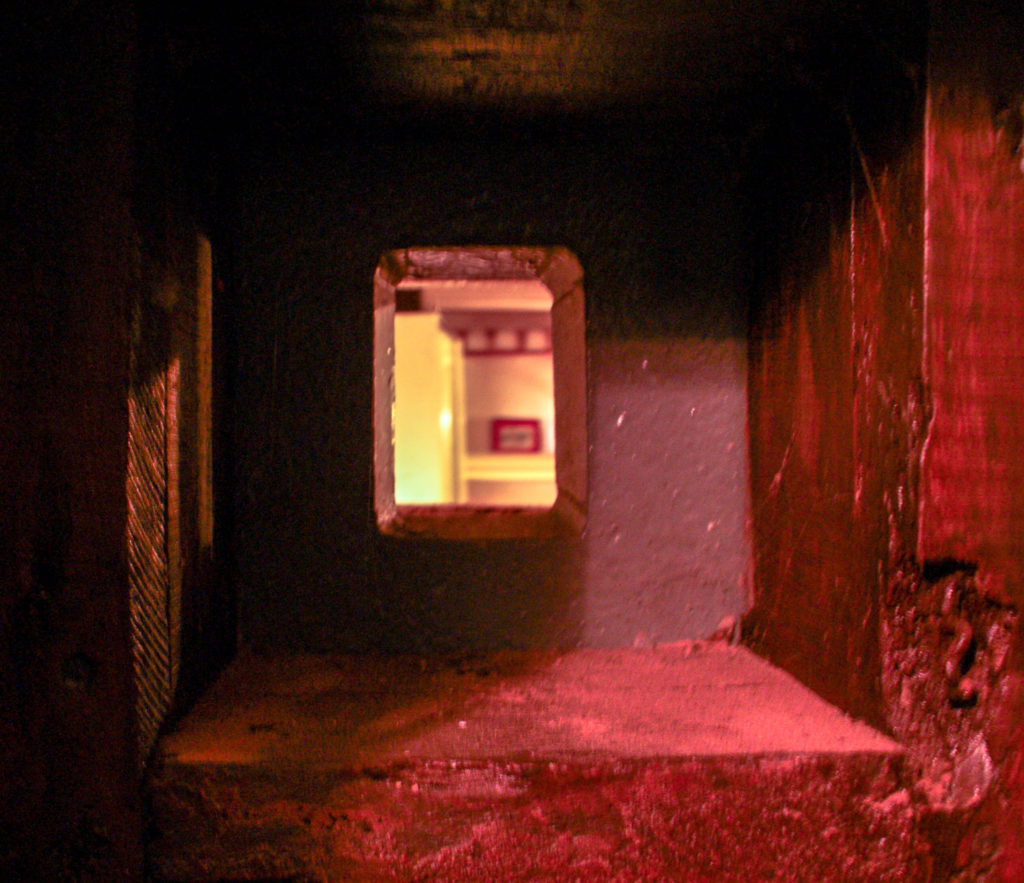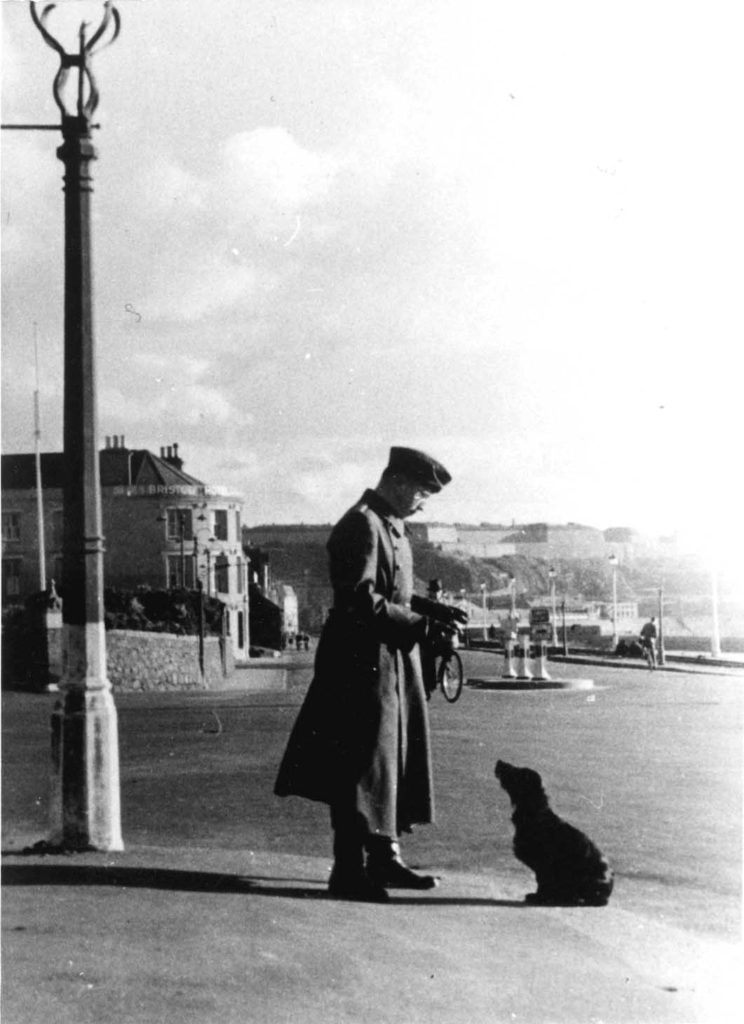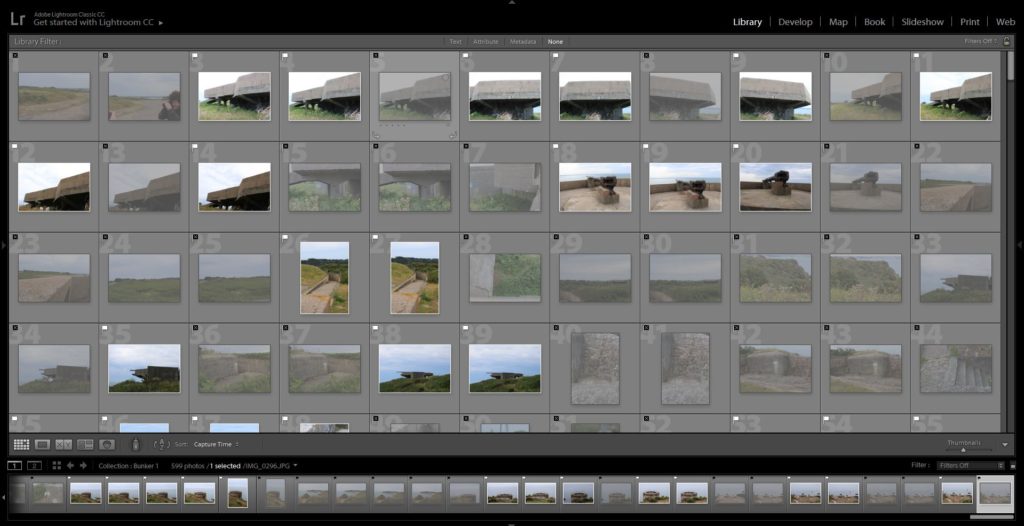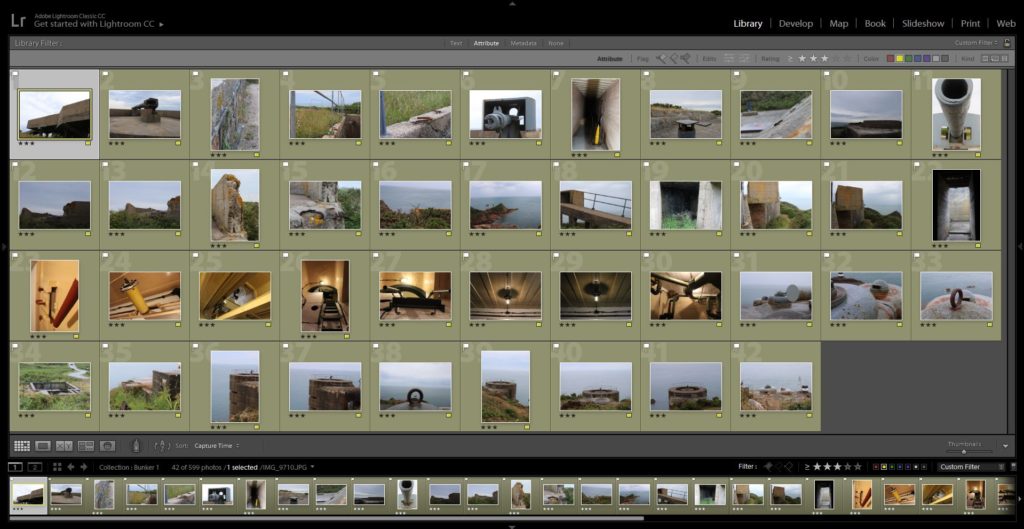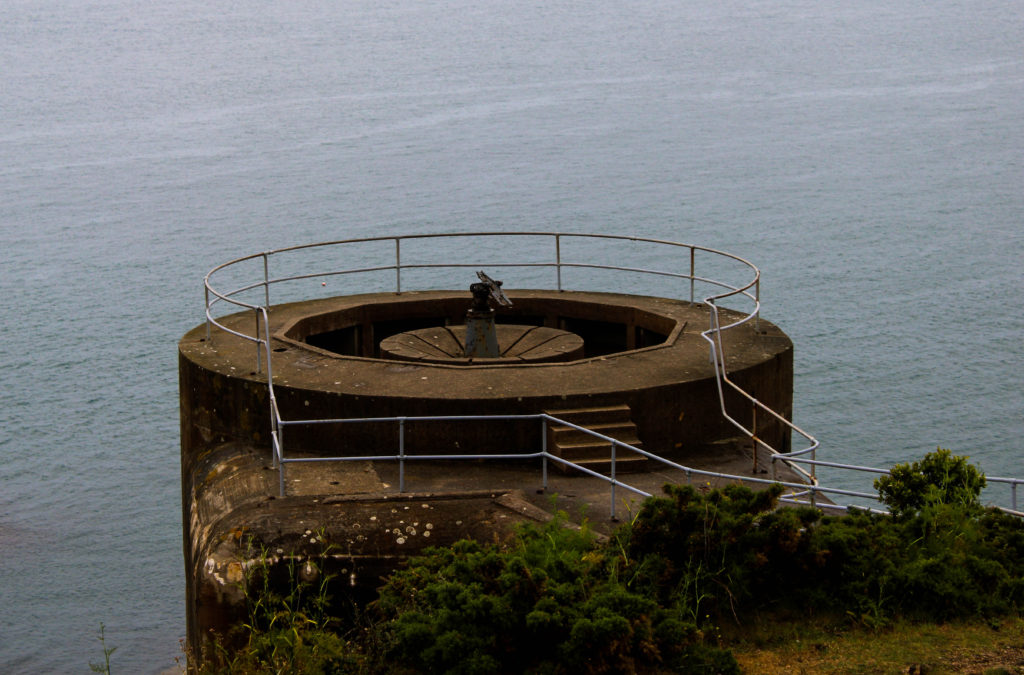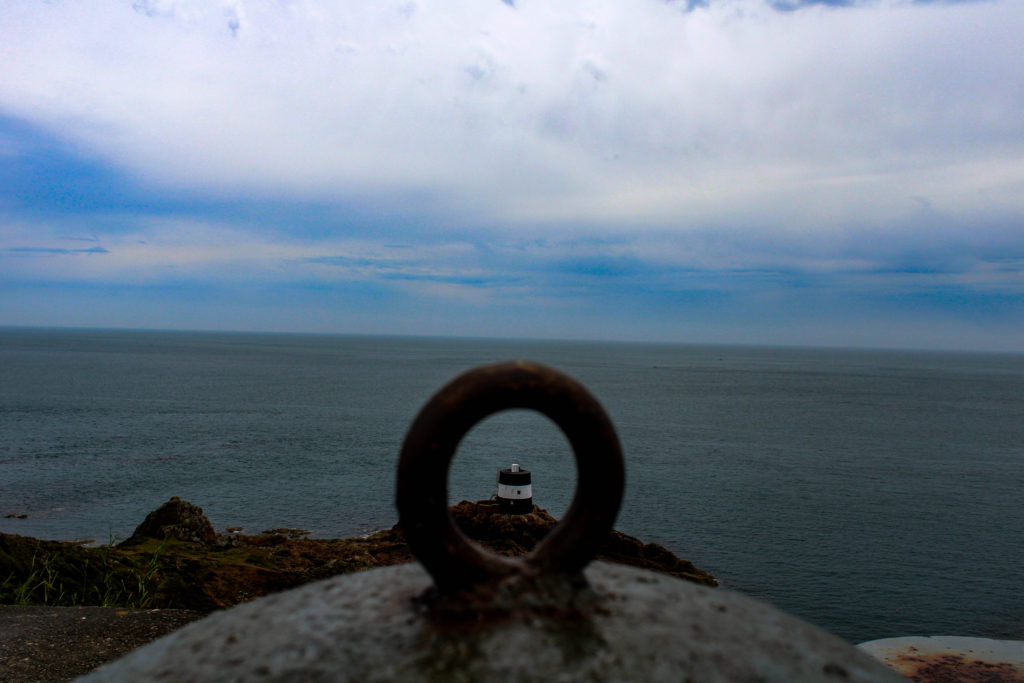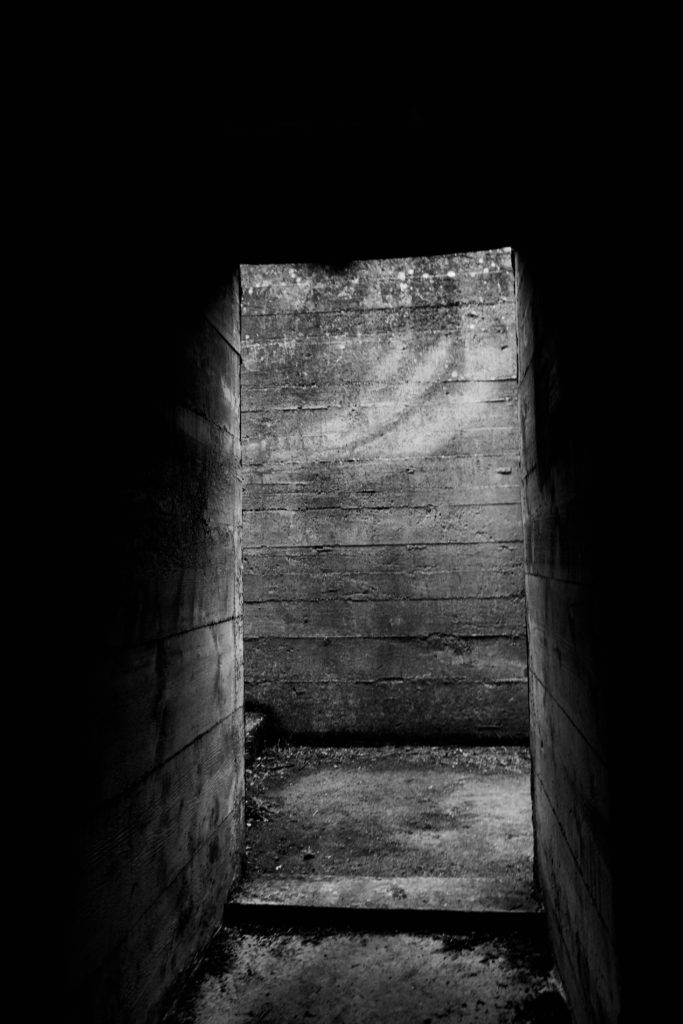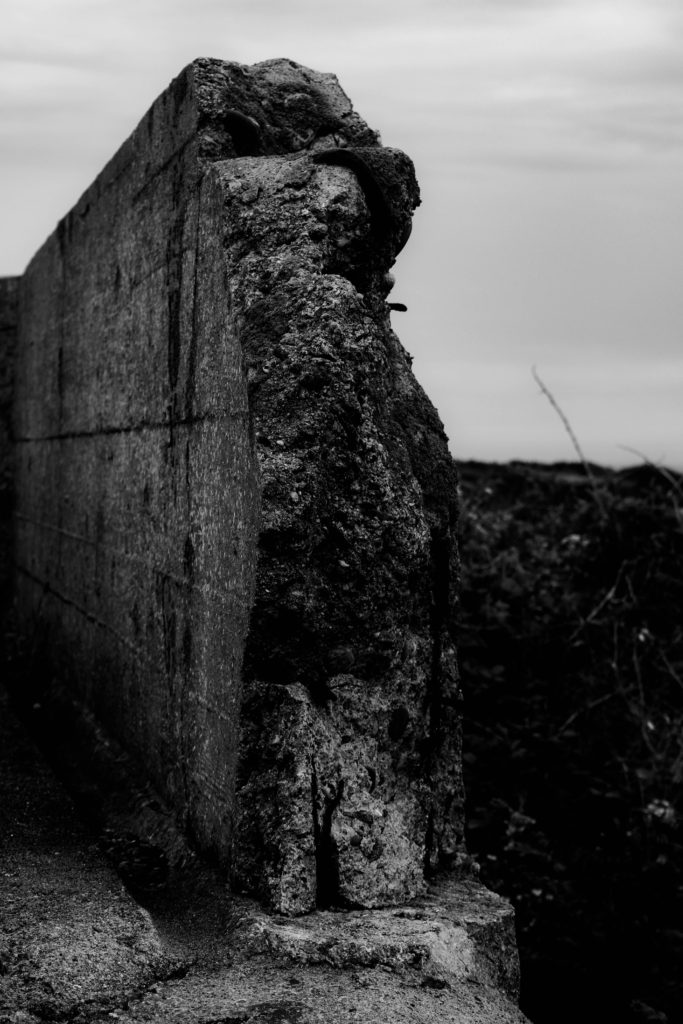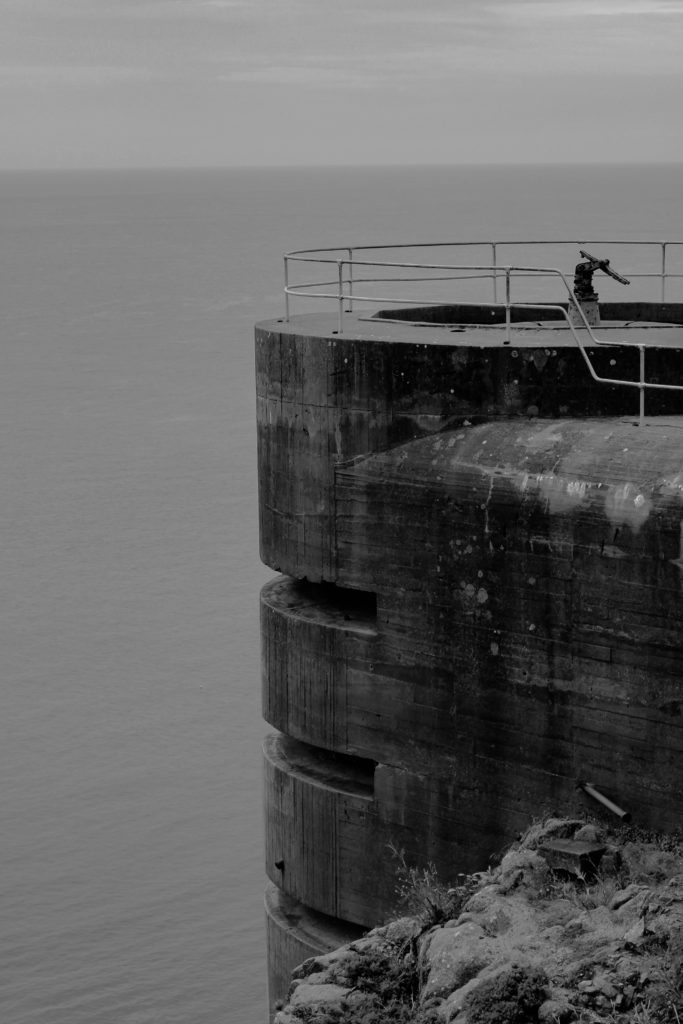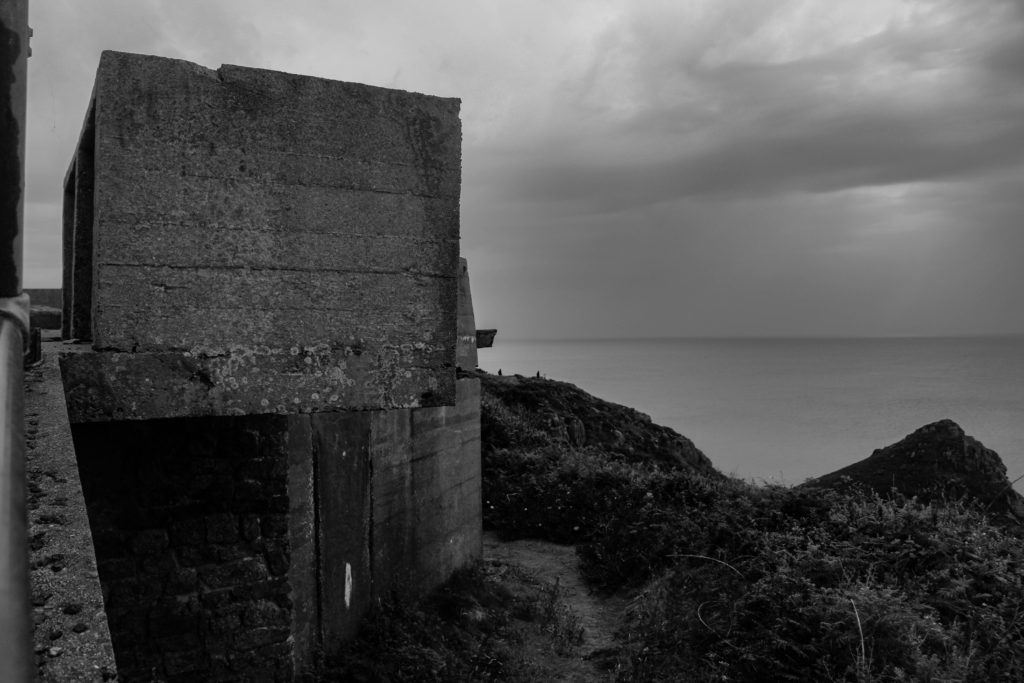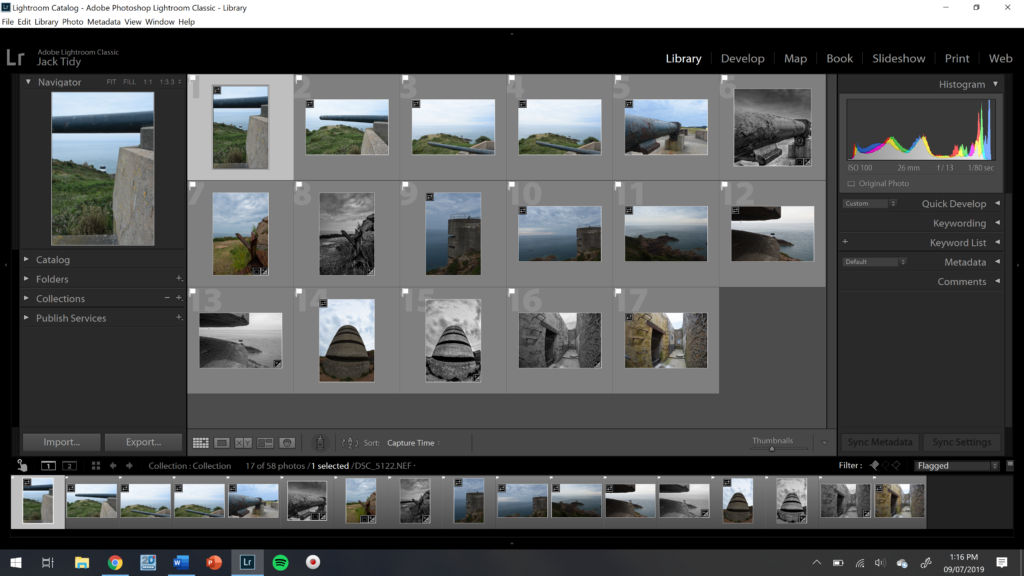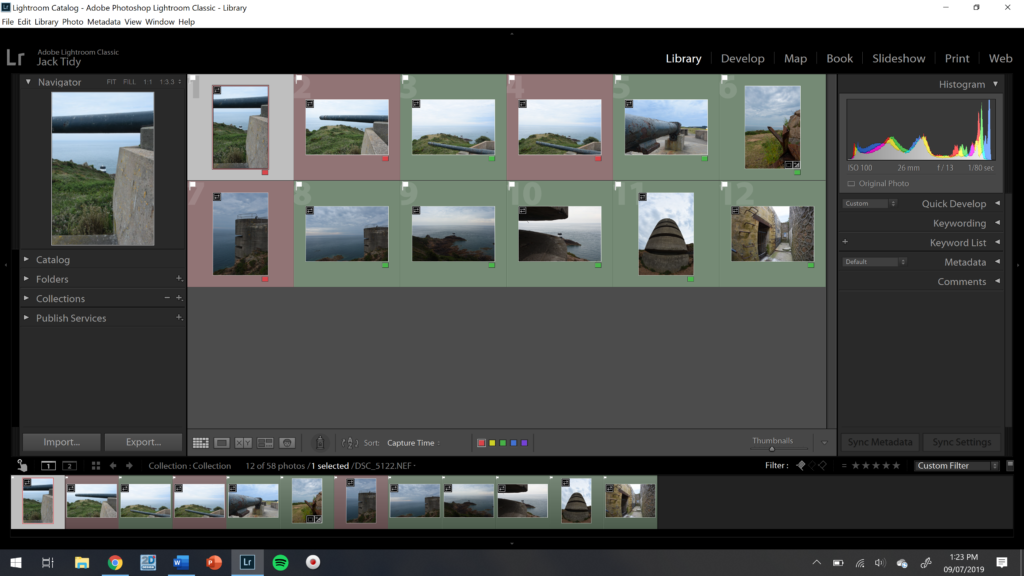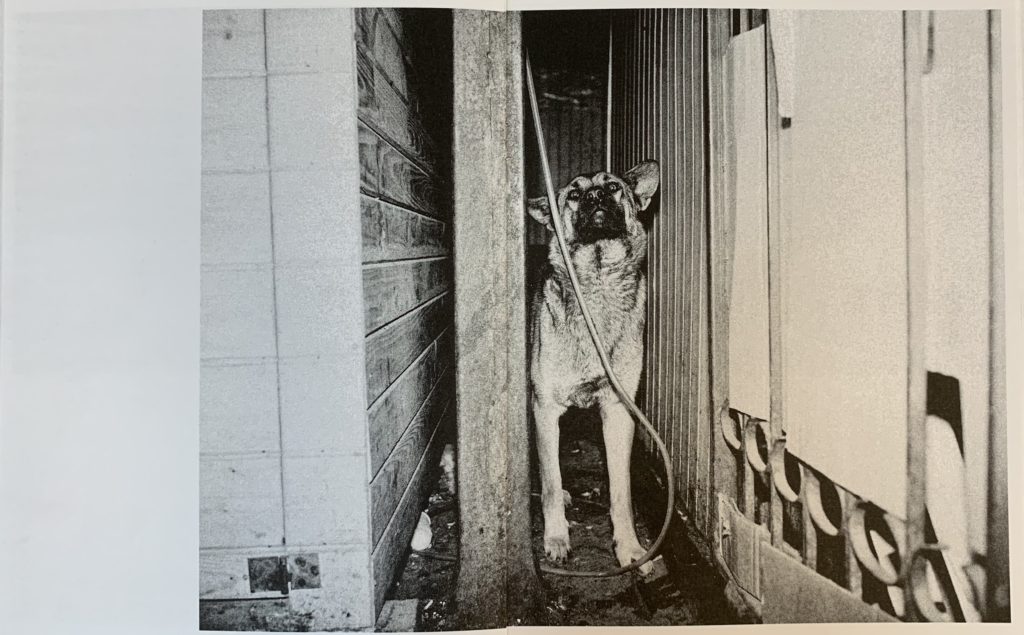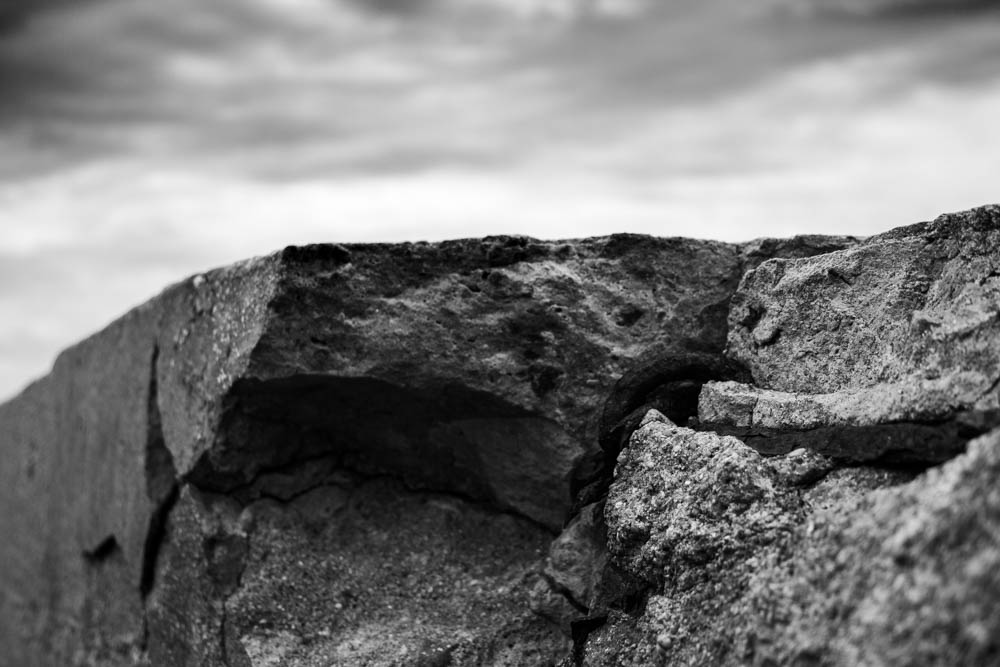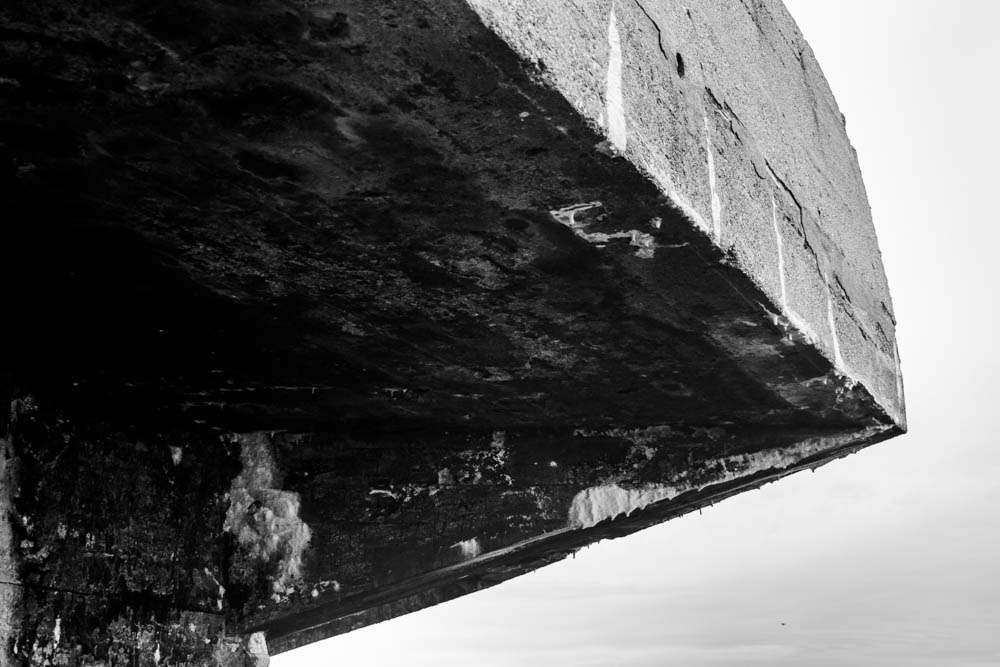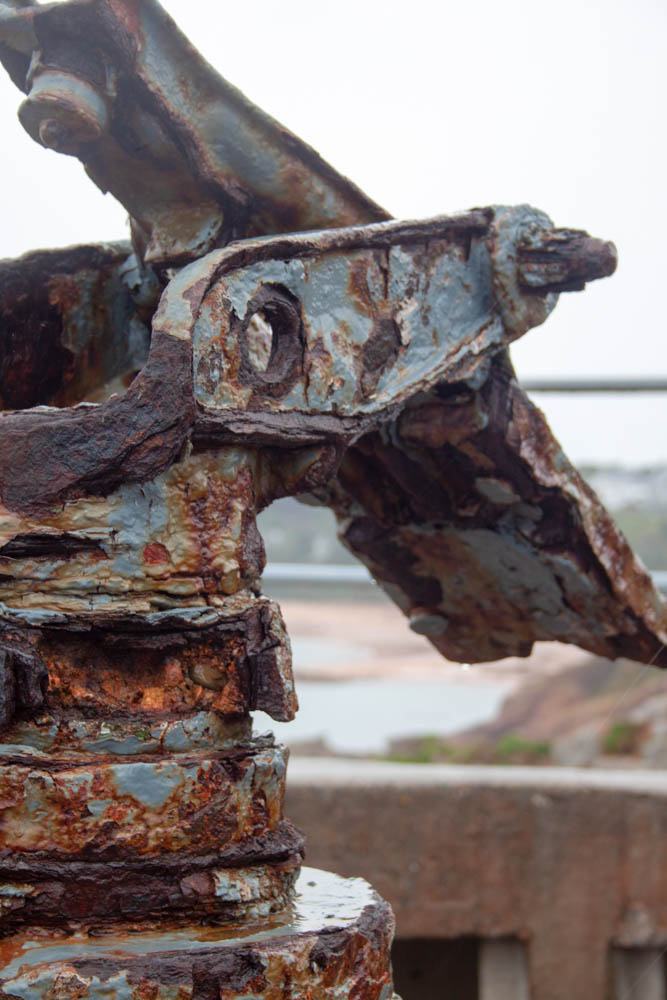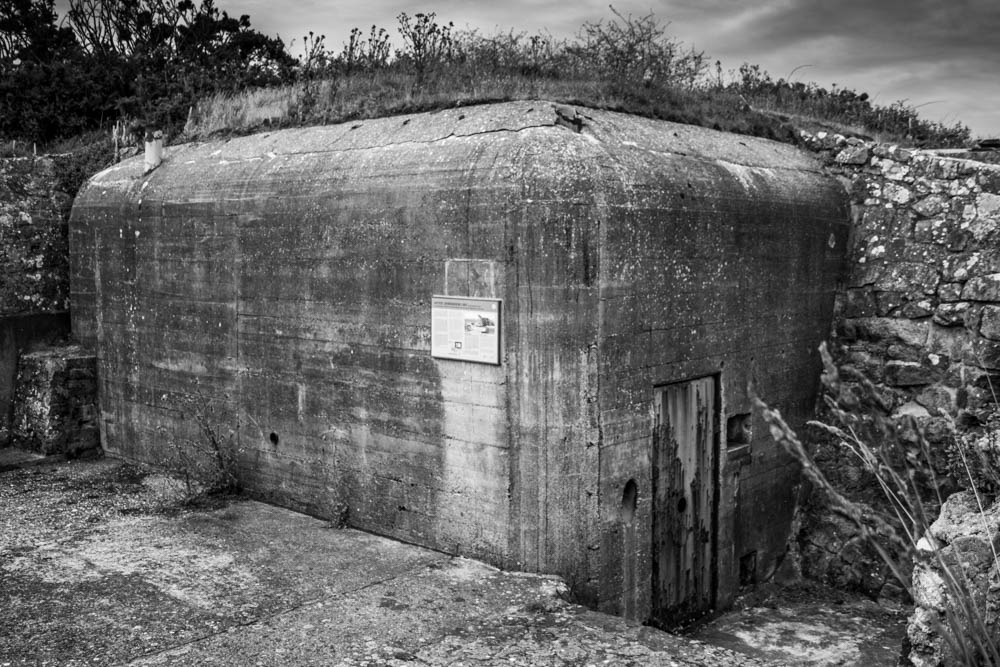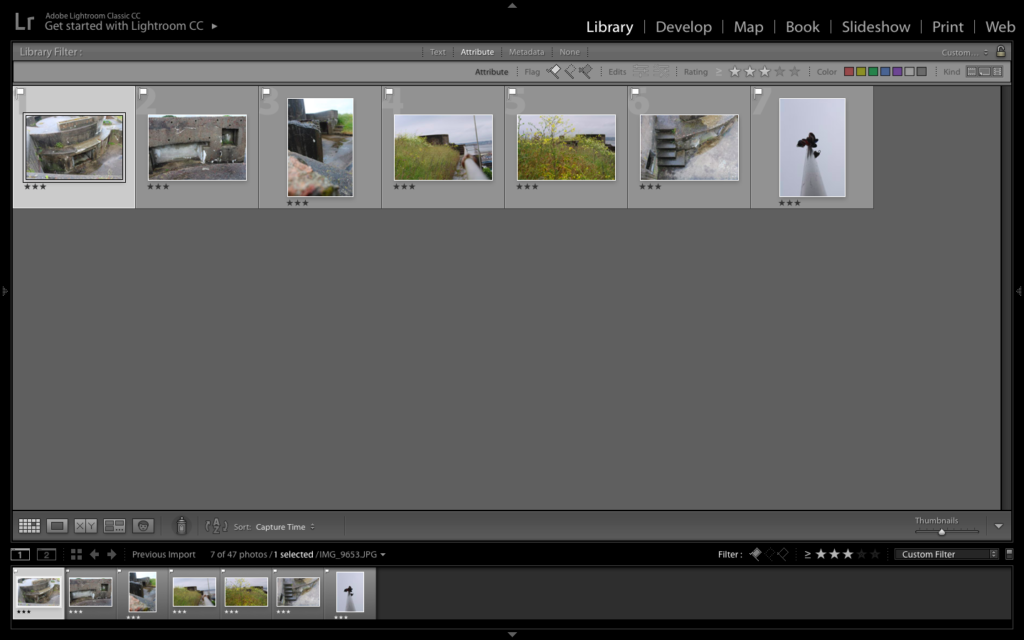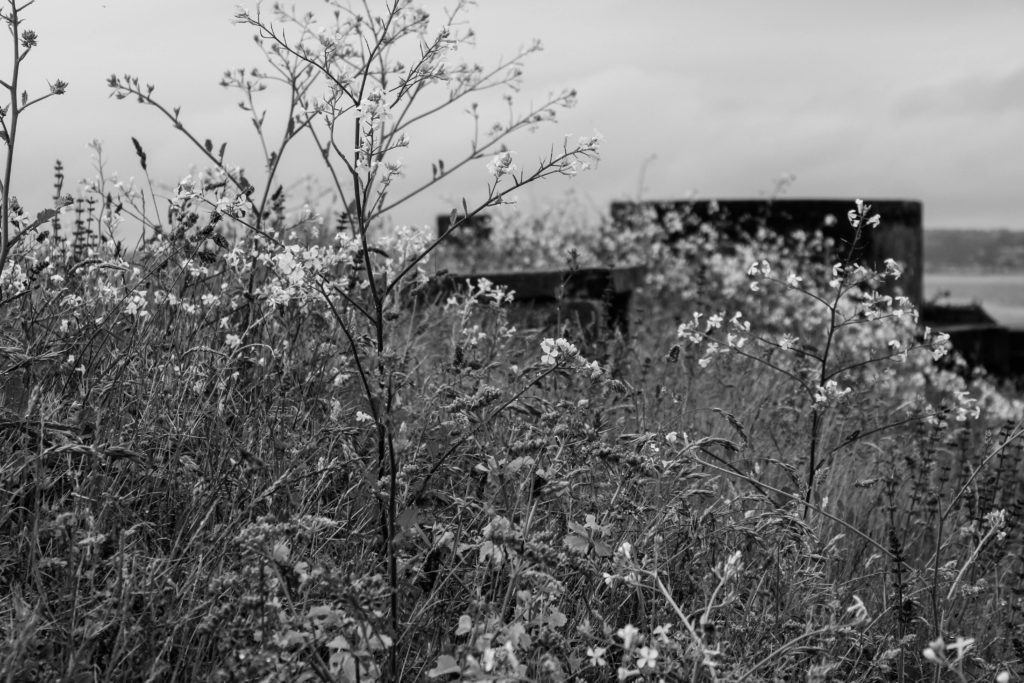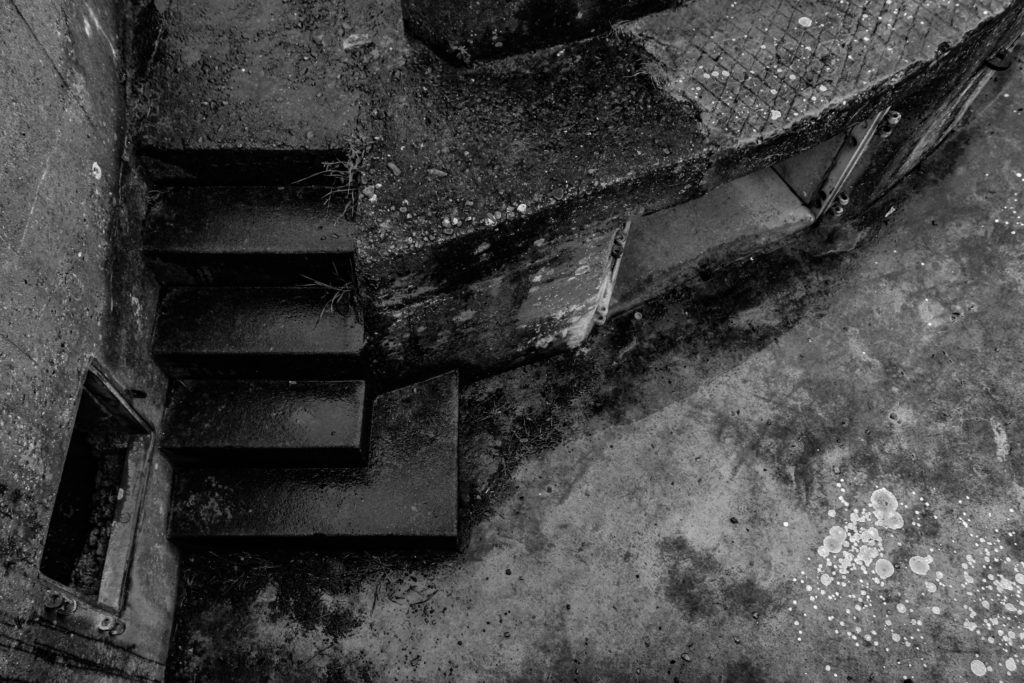Information:
Due to my previous success on the other two photoshoots, capturing different bunker sites in Jersey. I wanted to further explore a different site, looking at different aspects and ways of presenting the decay of bunker archeology, creating a rational for this photoshoot. The site I selected is Strongpoint Plemont, which didn’t have as many structures to capture compared to the other two locations, creating a challenge and allowing me to explore artistically with my camera.
Strongpoint Plemont is site located on the North-West coast on the Island, it was created by the Troopsof 216 Infantry Devision. The purpose of the site was mainly to hold communication cables to Guernsey left Jersey from there. It also was a holiday camp which would have been useful for billeting the soldiers. 319th IR arrive and reinforced field positions are put in place in different levels becoming a Strongpoint. On top of this the bunker site also held many different weapons to prevent unauthorised access into the Island.
In preparation for the photoshoot I preplanned and adjusted my camera settings based on the weather outside, when conducting this photoshoot. I used the AV setting on my camera allowing me to put main focus onto my aperture settings. I used a quick shutter speed, alongside a mix of high and low apertures, allowing different depths of fields to be used in order to capture the archeology. The ISO remained low, due to the sun being beaming onto the bunker’s, as well as the white balance being set onto sunny day, in order for a sense of warmth and image colour correction within my composition.
Lightroom Selection:



Black and White Edits:
For my black and white final outcomes, I decided to utilise images which clearly presented the formal elements of texture and shape, and wanted these to clearly be presented within the final composition, As well as using macro images, presenting a new way to perceive the archeologies. I started of by cropping some of the images, in order to present a clear subject alongside having a clearer ascetic to my work.

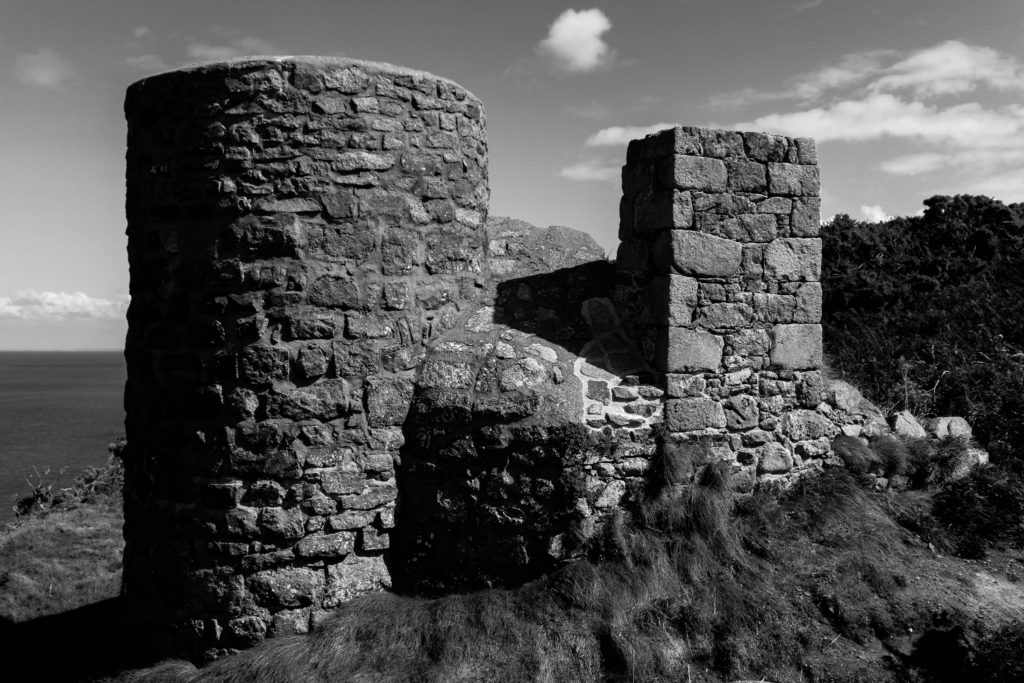
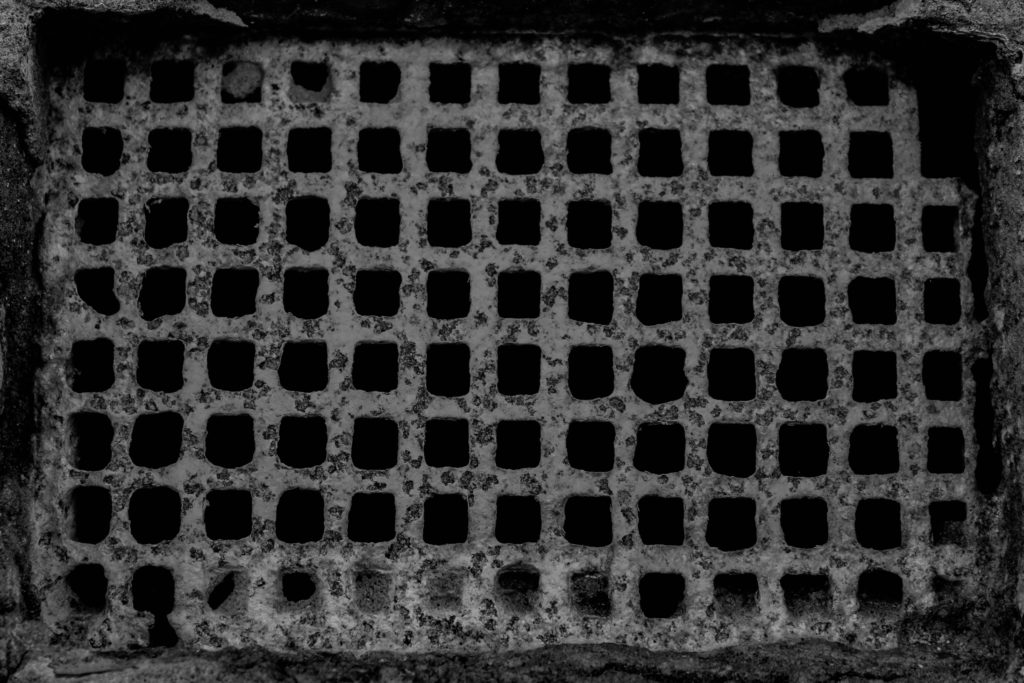

Above is my favourite outcome from the photoshoot, thus I deiced to break down the different components within the image, to showcase my rational as a photographer. Conceptually, I was showcasing the decay of bunkers, and how they have been abandoned and untouched since the war, allowing nature to grow and take back it’s land, whilst leaving a permanent mark on the Island reminding us of the history of Jersey. Contextually, the bunker’s were used to store artillery and weapons in order to prevent unauthorised access into the island. Visually, I have used a macro photograph of the structure of the bunker which has been destroyed, leaving jagger edges, creating a textural design within my imagery. The composition is simplistic as the foreground is apart of the structure and background is the landscape which is blurred, showcasing the use of a narrow depth of field. The photograph was taken at a straight on angle, and is in black and white, allowing a contrast in tonal regions to clearly be illustrated within my work. Technically, the lighting used is natural, produced by the sun, and is soft allowing the structure to not seem so full on, and allows the shadows to naturally be casted onto the structure. The ISO used was low, as there is no intended noise within the photograph as well as the shutter speed being quick as there is no intended blur. The aperture used was low creating the narrow depth of field, which I previously mentioned and the white balance is set to the daylight setting.
Colour Edits:
For my colour edits I used different photographs, which allowed me to explore ways of editing the photographs to make the bunkers not look like they are in real life. I achieved this by moving the bipolar bars to either extreme on the panels, for example having the blacks one end and the whites the other end. The unique and abstract designs produced allows us to rethink the purpose of the bunker, outlining their importance to the Island’s history.
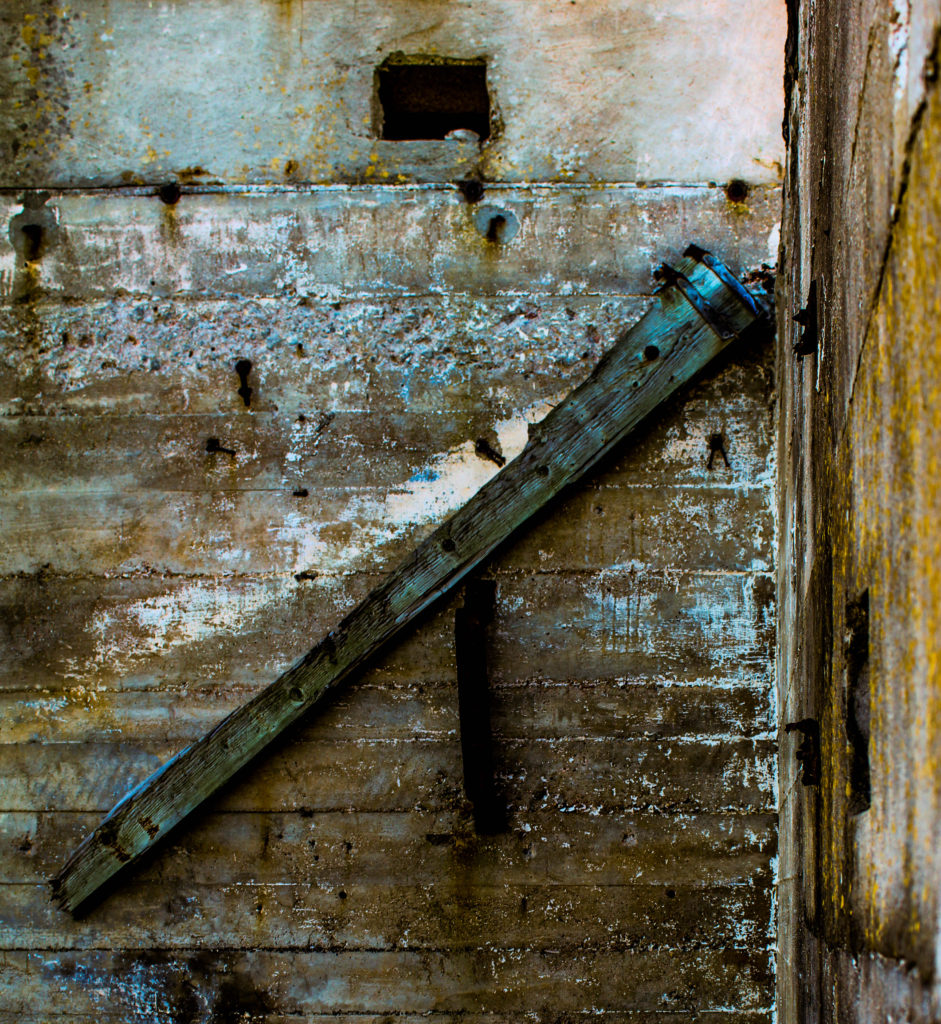
Above is my favourite image from the colour edits, as well as my top image from the whole photoshoot, as I believe it changes the perspective and the way in which we look at Jersey’s bunkers. Conceptually, I was showcasing the decay of bunkers, and how they have been abandoned and untouched since the war, allowing nature to grow and take back it’s land, whilst leaving a permanent mark on the Island reminding us of the history of Jersey. Contextually, the bunker’s were used to store artillery and weapons in order to prevent unauthorised access into the island. Visually, the image clearly showcases the formal elements of texture, space and form, which is showcased by the editing technique I adopted as well as the subject of the image. The composition of this photograph is simple, as the piece of wood is the subject of the photograph, main focus point, and the background is the simple structure of the bunker which has moss and shows decay, again clearly outlines by the editing technique. Technically, the photograph uses natural lighting produced by the sun, which is not harsh as the image was taken at a straight on angle in a location in the shade, allowing my white balance to stay on the daylight setting. The ISO was kept low as there is no noise being presented within my work, as well as the shutter speed being quick due to no intended blur. The photograph uses a wide depth of field which showcases the high aperture used.
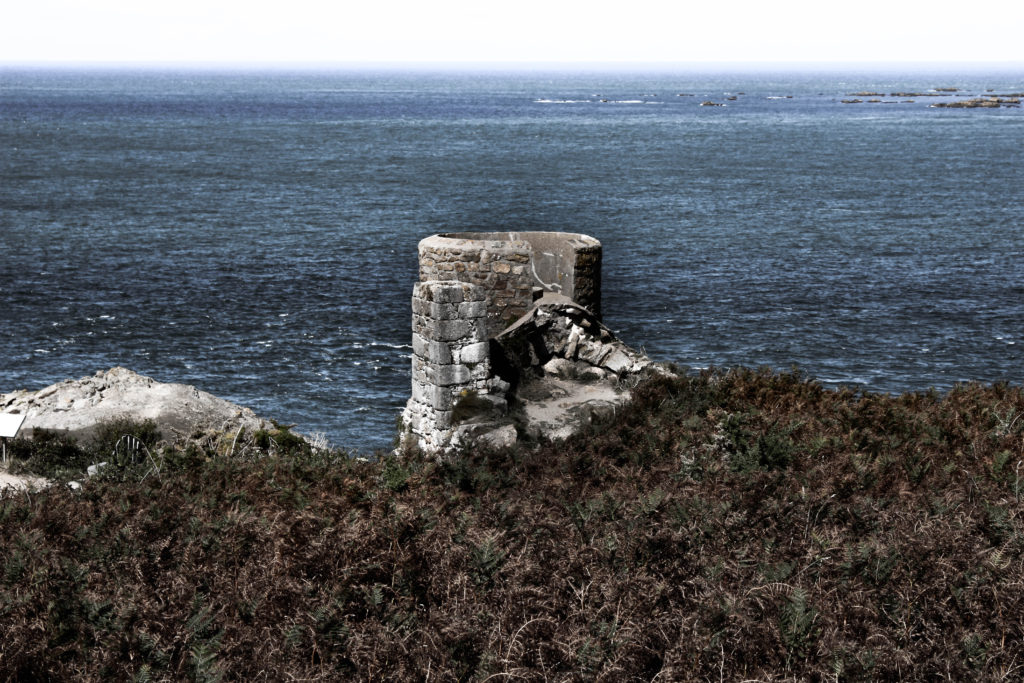

Evaluation:
To evaluate my third photoshoot exploring the bunkers, I believe I have been able to produce strong outcomes showcasing the bunkers in an abstract way, allowing us to rethink and remind ourselves of the importance of the bunkers on our Island. I have been able to further explore with the editing on Lightroom, showing my competence to think creatively as well as not sticking to the basic and standard edits that are usually conducted when editing images. I have been able to gain further understanding into the history of Jersey and have shown further exploration into the project.

